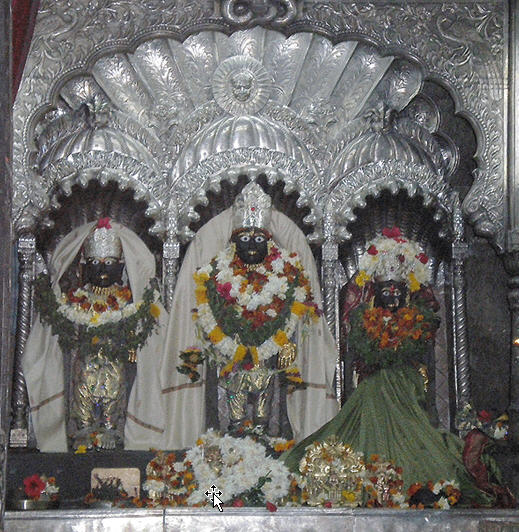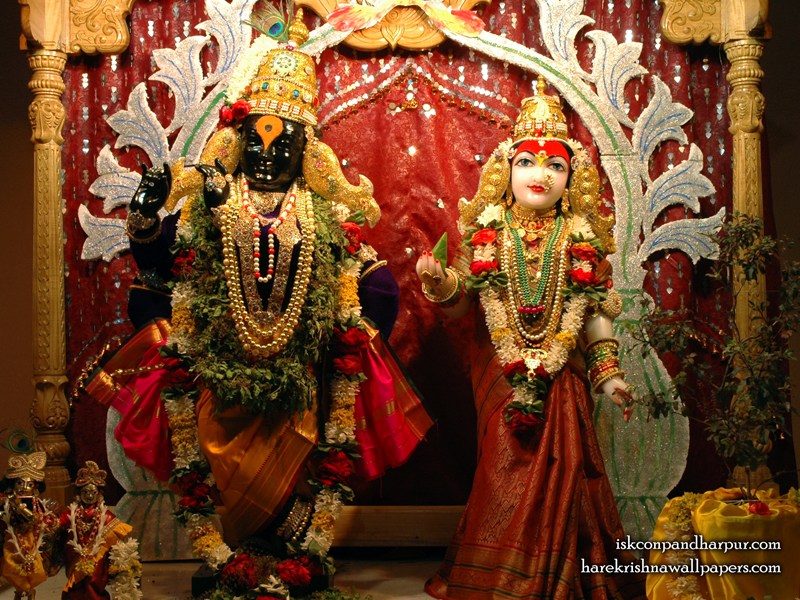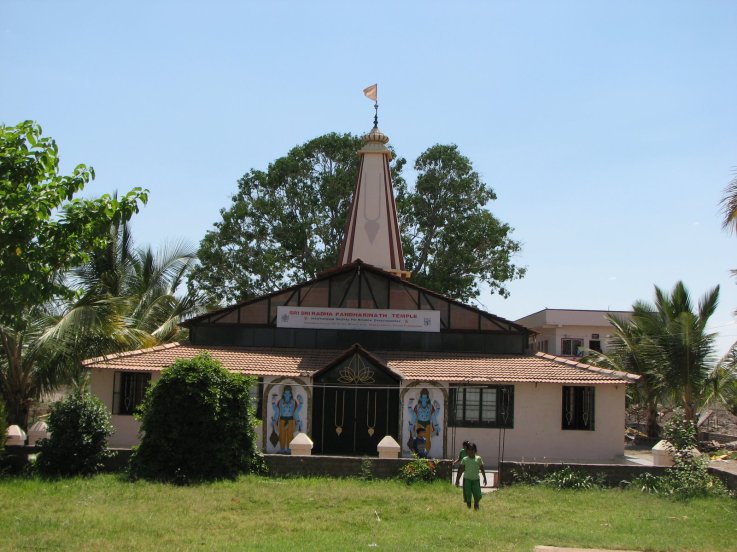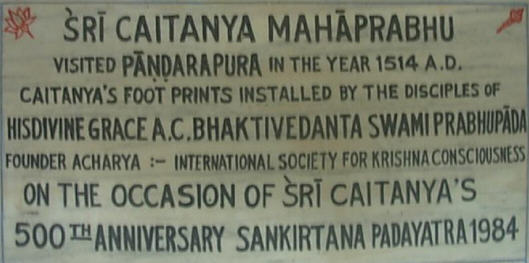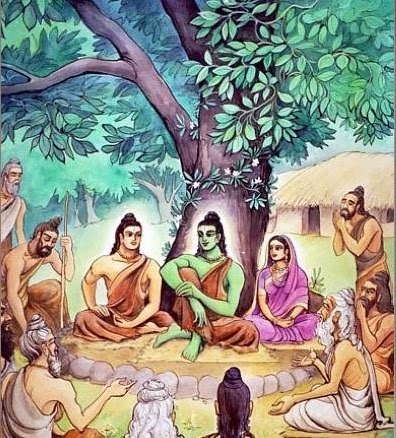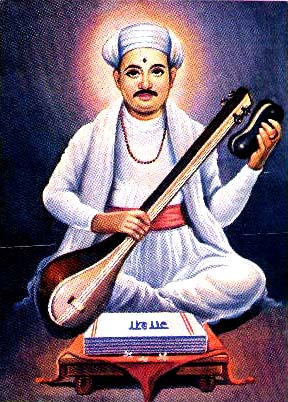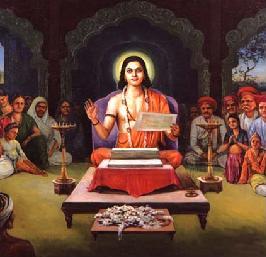Both Lord Balarama and Nityananda Prabhu visited the holy site of Dandakaranya. In Srimad-Bhagavatam 10.79.19-21 we read of Lord Balarama’s travels:
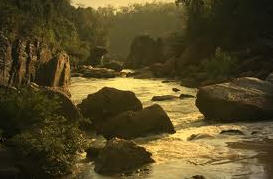 “The Supreme Lord then traveled through the kingdoms of Kerala and Trigarta, visiting Lord Siva’s sacred city of Gokarna, where Lord Dhurjati [Siva] directly manifests himself. After also visiting Goddess Parvati, who dwells on an island, Lord Balarama went to the holy district of Surparaka and bathed in the Tapi, Payoshni and Nirvindhya rivers. He next entered the Dandaka forest and went to the river Reva, along which the city of Mahishmati is found. Then He bathed at Manu-tirtha and finally returned to Prabhasa.”
“The Supreme Lord then traveled through the kingdoms of Kerala and Trigarta, visiting Lord Siva’s sacred city of Gokarna, where Lord Dhurjati [Siva] directly manifests himself. After also visiting Goddess Parvati, who dwells on an island, Lord Balarama went to the holy district of Surparaka and bathed in the Tapi, Payoshni and Nirvindhya rivers. He next entered the Dandaka forest and went to the river Reva, along which the city of Mahishmati is found. Then He bathed at Manu-tirtha and finally returned to Prabhasa.”
In Krsna Book, Srila Prabhupada further describes Lord Balarama’s visit to Dandakaranya, in Chapter 79, ‘The Liberation of Balvala, and Lord Balarama’s Touring the Sacred Places’. Here, Srila Prabhupada confirms that the Dandakaranya Forest at Nasik was the place of Lord Rama’s exile:
“From Cape Comorin Lord Balarama turned toward Kerala. The country of Kerala is still existing in southern India under the name of South Kerala. After visiting this place, He came to Gokarnatirtha, where Lord Siva is constantly worshiped. Balarama then visited the temple of Aryadevi, which is completely surrounded by water. From that island, He went on to a place known as Surparaka. After this, He bathed in the rivers known as Tapi, Payosni and Nirvindhya, and He came to the forest known as Dandakaranya. This is the same Dandakaranya forest where Lord Ramacandra lived while He was in exile. Lord Balarama next came to the bank of the river Narmada, the biggest river in central India. On the bank of this sacred Narmada is a pilgrimage spot known as Mahismati Puri. After bathing there, according to regulative principles, Lord Balarama returned to Prabhasatirtha, wherefrom He had begun His journey.”
The travels of Nityananda Prabhu are described in Caitanya Bhagavata:
“Gaya, Kasi, Prayaga, Mathura, Dvaraka, and Nara-Narayana asrama were magnanimously visited. He further visited the place of the Buddhists, the residence of Vyasa, as well as Ranganatha, Setubandha and the Malaya Hills. He then went to Anantapura and fearlessly travelled through uninhabited forests. He visited the Gomati, Gandaki, Sarayu and Kaveri Rivers, and travelled to Ayodhya and the Dandakaranya forest. He went to Trimalla, Vyenkatanatha, Sapta-Godavari, the abode of Mahesa, and Kanyakumari. He visited the Reva, Mahismati, Malla-Tirtha, and Haridvar, where the Ganga descended in ancient times. In this way Nityananda Raya, after travelling to all the holy places, returned to Mathura.”
